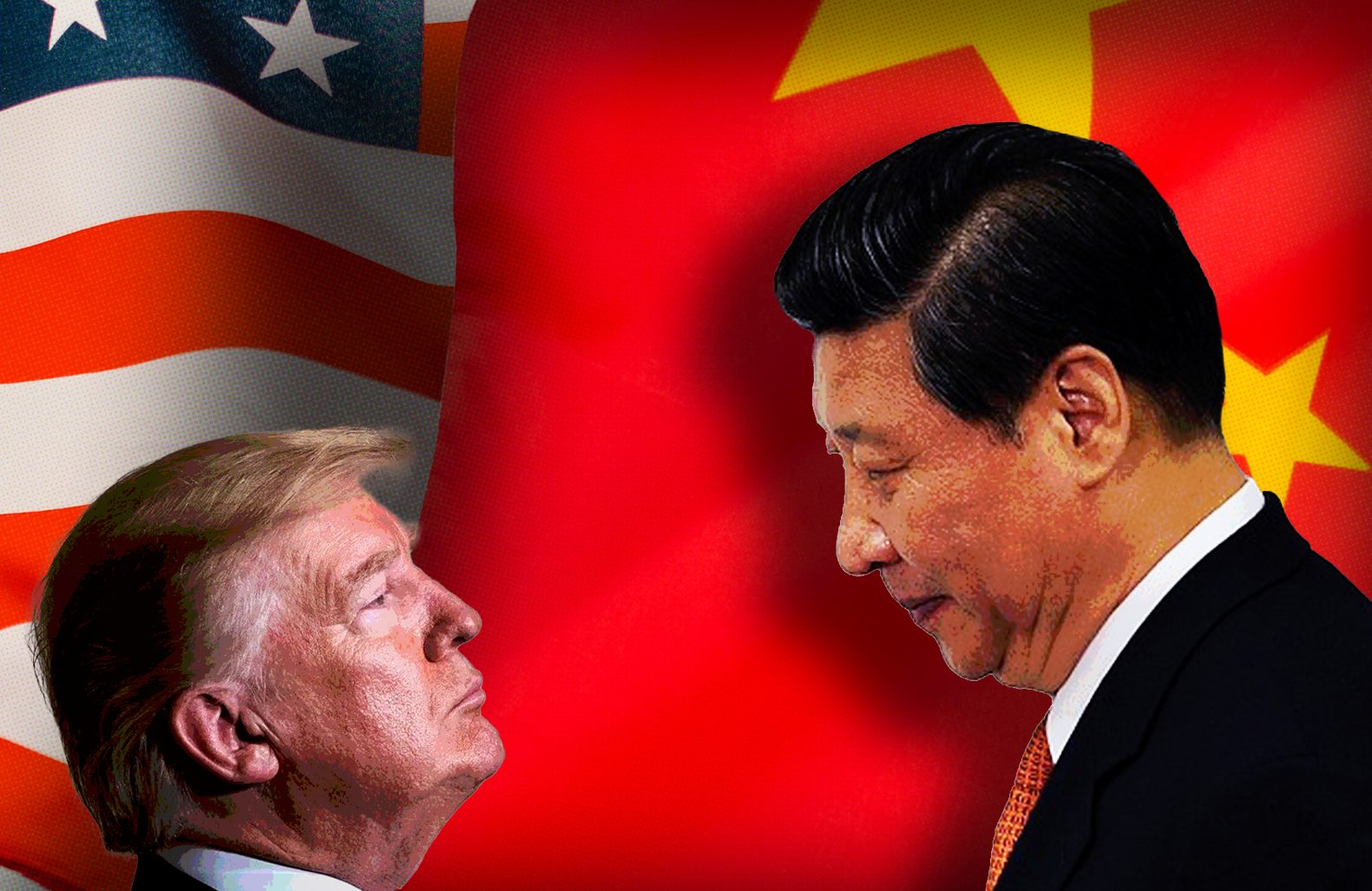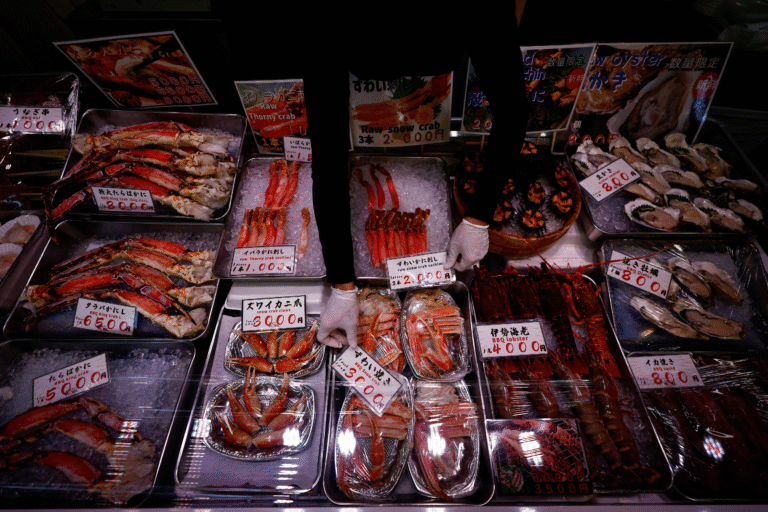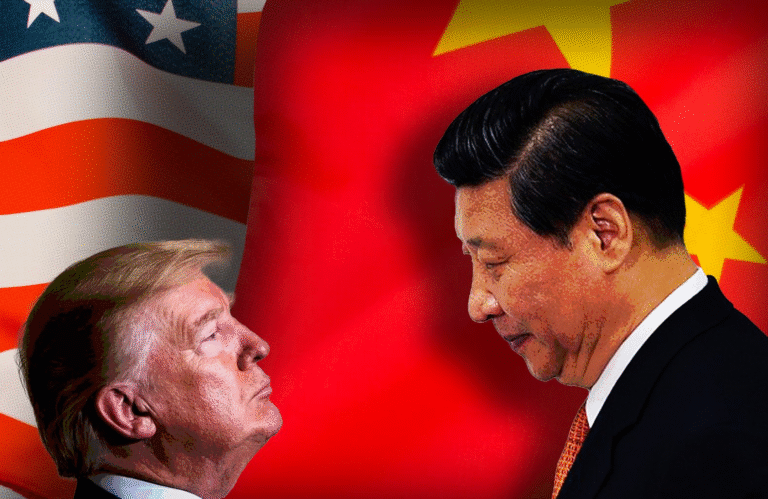
There are moments in great-power politics when the tectonic plates seem to shift perceptibly beneath us. The recent summit between President Trump and President Xi Jinping of China was one of those inflection points.
The two leaders agreed during their meeting on Oct. 30 to pause the trade war that Mr. Trump launched this year. But the real story to emerge from the event was not the inconclusive truce they reached in the South Korean city of Busan but the unmistakable demonstration that China could now face America as a true peer.
China absorbed the full weight of American economic pressure and retaliated successfully with greater pressure of its own, weaponizing its dominance of global supply chains on which America relies, particularly rare earth minerals and magnets. After decades of deindustrialization, a poorly prepared United States would not — or could not — respond.
If historians someday try to identify exactly when China became America’s geopolitical equal, they might point to the outcome of Mr. Trump’s ill-considered trade war.
We are halfway through what strategists in both U.S. political parties believe will be a decisive decade that determines whether America can avoid falling behind China economically, technologically and militarily. Mr. Trump’s team is moving urgently to bring manufacturing back to the United States, rebalance trade and rebuild the defense industrial base.
The outcome of the recent summit could undercut those important efforts.
Mr. Trump framed the meeting as a U.S.-China “G2,” diminishing the importance of allies whose help America needs to reindustrialize at home and balance China abroad. And by showing Beijing that its coercive tools work, Mr. Trump risks inviting more pressure, potentially giving China veto power over his “America First” agenda.
None of this had to happen. The road to Busan began with needless provocation by Mr. Trump. In February, he reignited the trade war that he started in his first term, levying tariffs on Chinese goods that eventually rose past 140 percent. But he failed to first assess America’s own vulnerabilities or shore up its supply chains. By contrast, Beijing had spent the years since 2018, when Mr. Trump first began imposing tariffs, preparing for exactly this moment.
Backed into a corner, Mr. Xi reached for his break-glass tool. In April, he halted exports to the United States of rare earths minerals and magnets — critical materials for everything from cars to missiles — an escalation beyond anything he had threatened under President Joe Biden. It was a calculated risk given the potential for more American retaliation. But Mr. Xi gambled that Mr. Trump would fold. He was right. In May, Mr. Trump radically reduced tariffs and pursued de-escalation.
Emboldened, China wielded rare earths again in October — and raised the stakes dramatically. Using the pretext of new U.S. export controls, Beijing responded with a sweeping licensing regime requiring companies anywhere in the world to obtain China’s approval not only to buy the country’s rare earths but to sell any product made with even trace amounts of them.
It was an unthinkable escalation, well beyond anything Washington had ever attempted, and a gun to the head for U.S. and global manufacturing.
Mr. Trump’s team readied drastic countermeasures — from new chip controls to financial sanctions — that might have forced Beijing to question its coercive approach. Instead, Mr. Trump flinched, shelving those options and retreating to the familiar comfort of tariffs — by now an empty threat since he had lifted them in the spring after Beijing halted rare earths exports. By the time the leaders met in Busan, Mr. Trump’s earlier bravado was nowhere to be seen. He chose to de-escalate, and cut tariffs again, among other concessions.
With the dust now settled, Mr. Trump has not only revealed the limits of America’s resolve to its greatest rival, but has left the United States worse off than when he started this fight.
Beijing has resumed imports of U.S. soybeans — one of America’s major exports to China — but at lower volumes than before. China has postponed its new licensing regime on rare earths for a year, but fear that China might invoke it in the future has already caused the Trump administration to suspend export restrictions that would have tightened controls on Chinese-linked firms. China also received a ten percent tariff reduction for pledging to crack down on production of fentanyl precursors. But that brings its tariff rate closer to that of American allies and partners, which reduces incentives for American businesses to diversify their suppliers to countries other than China.
The reverberations of Mr. Trump’s mishandling of China will echo far beyond trade. U.S. allies may now have reason to doubt America’s ability to stand with them when it cannot even stand up for itself. Beijing may feel emboldened to test U.S. resolve on Taiwan and other issues. China, after all, has other chokepoints it can weaponize, such as its dominance over the production of pharmaceutical ingredients for dozens of critical drugs, including antibiotics.
There is an old lesson that many generals learned too late: It is unwise to invade Russia in the winter. The economic corollary should now be equally clear. It is unwise to start a trade war with the main supplier of your most critical imports until you have mitigated your vulnerabilities. Mr. Trump, who mistook political theater for strategy, lost ground against China not solely because he misjudged Mr. Xi but because he underestimated America’s dependence on the supply chains it no longer controls and the allies that he too often ignores.
Building and wielding national power is deadly serious business. It takes more than bluster. It takes patience, endurance, planning and the discipline to know when to fight and when not to.
China understood that when it was weaker — steadily building its strength over the course of decades and avoiding premature tests of power. Mr. Trump, who blithely took American primacy for granted, is only now learning that lesson.
Rush Doshi was the deputy senior director for China and Taiwan affairs at the National Security Council under President Joe Biden. He is an assistant professor at Georgetown University and a senior fellow at the Council on Foreign Relations. He is the author of “The Long Game: China’s Grand Strategy to Displace American Order.”





